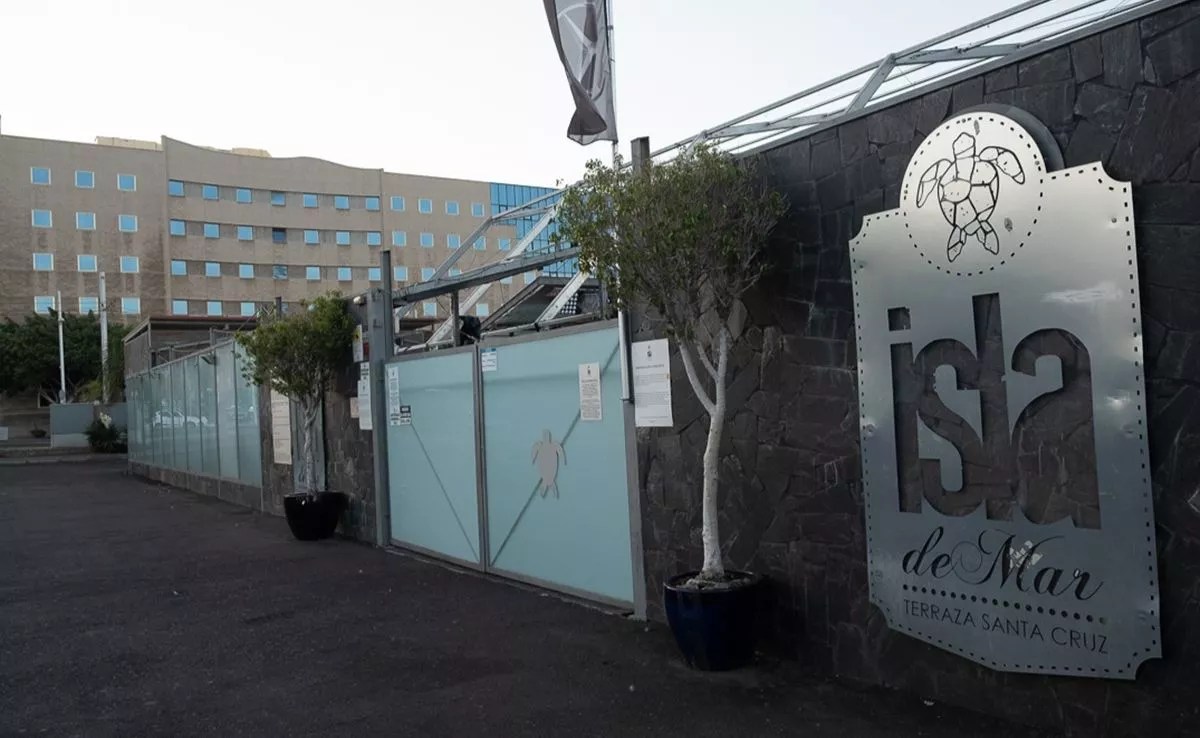
SANTA CRUZ DE TENERIFE, 27 Feb. (EUROPA PRESS) –
The Ministry of Ecological Transition, Fight against Climate Change and Territorial Planning of the Government of the Canary Islands has obtained climate projections for the islands for the remainder of the 21st century thanks to the work carried out by the Earth and Atmosphere Observation Group-GOTA and which includes the increase in tropical nights, an increase in temperatures of between 1 and 3ºC and 30% less rain in the most unfavorable scenario.
The regional councilor responsible for the area, José Antonio Valbuena, stressed that these results are the result of a three-year agreement signed by his Department with the University of La Laguna, whose budget amounted to 300,000 euros from the regional accounts.
Valbuena explained that this publication is presented in an open format with a 3×3 kilometer grid resolution, using the WRF (Weather and Research Forecasting) mesoscale model for the climate change scenarios of the Intergovernmental Panel on Climate Change (IPCC).
“It is essential that public administrations know the climate scenarios that we are going to face in the coming years in order to adequately plan adaptation and mitigation actions in the different points of the archipelago, always based on the knowledge and work of the Canary Islands universities” , added the counselor in a note.
Among other conclusions, the projections drawn from this project determine that daily minimum temperatures could rise, on average, between 1 and 3 degrees by the end of the century in the most unfavorable scenario.
Under these circumstances, an increase in the number of tropical nights would also be foreseeable, that is, those in which the minimum temperature does not drop below 20 degrees.
In the worst case scenario, said increase will be 45 days on average for the entire archipelago, with the highest values being found in the eastern islands and in coastal areas.
Another outstanding value is that of the maximum daily temperatures, which could rise to around 4.5 degrees in high areas of the islands by the end of the century in the most unfavorable scenario.
Another parameter that would be modified by this value would be that of hot episodes, since these projections show that the number of extreme heat episodes decreases, but the duration of these phenomena will be longer.
HIGH AREAS WILL HAVE LESS RAINFALL
With regard to rainfall, there is a greater dispersion in terms of data, but everything points to a global decrease in annual rainfall, with the highest areas of the islands being the most pronounced.
Thus, it is estimated that, in the worst case, the decrease could be around 30% by the end of the century in a good part of the territory of the archipelago.
The different simulations carried out coincide in the drop in the number of days with precipitation, both weak and heavy rains, which will contribute to the increased risk of drought.
All these variations in temperatures and rainfall will have an effect on other aspects such as soil moisture, relative air humidity, evapotranspiration, aridity of the terrain, or the season of forest fires.
The climate projections obtained as a result of this collaboration agreement are available on the web portal https://opendata.sitcan.es/organization/universidad-de-la-la… .
















